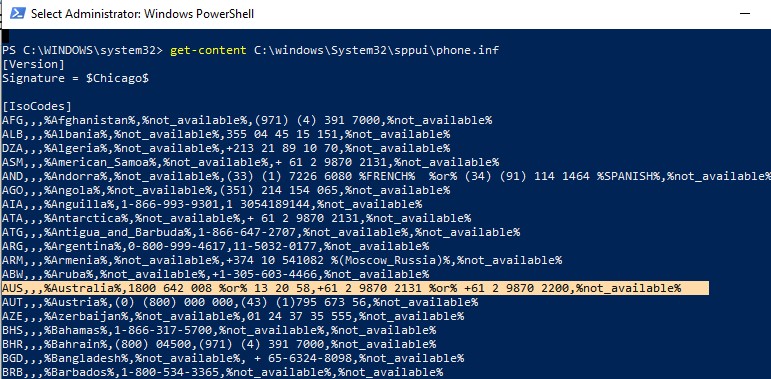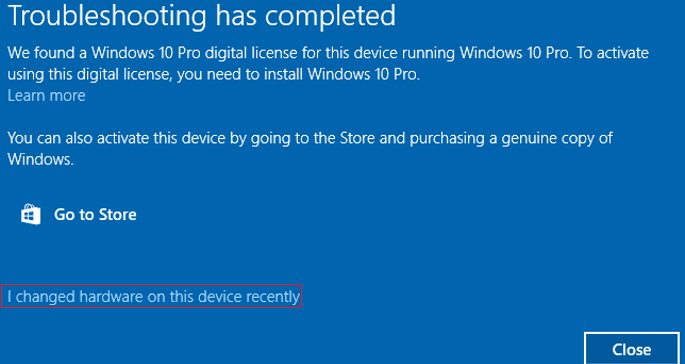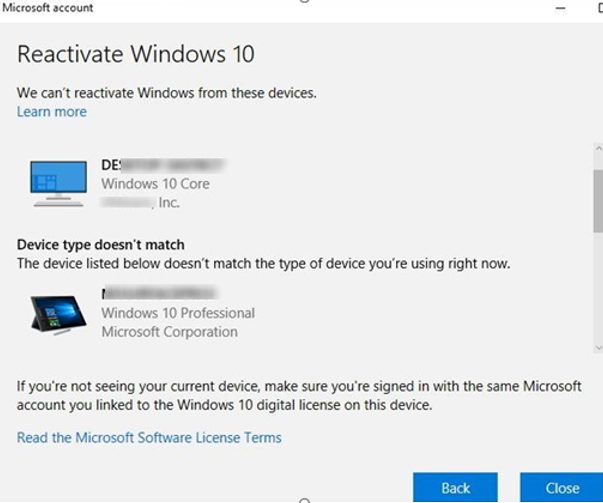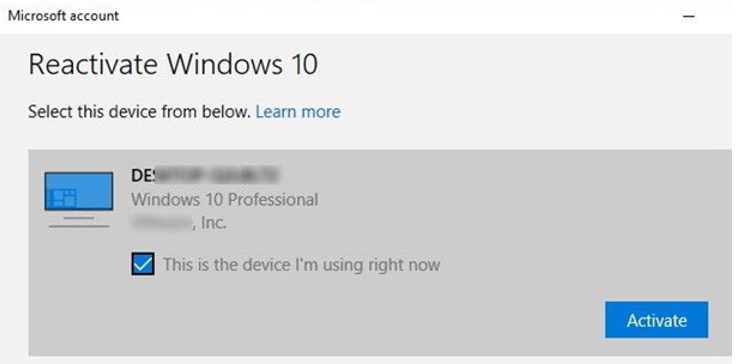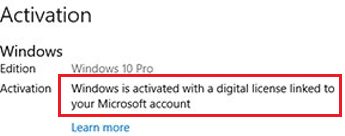Quite often users ask: “Will I be able to re-activate my Windows 10 if I change hardware configuration of my computer (replace a motherboard, an HDD with an SSD, upgrade a CPU, etc.) or after reinstalling Windows?”. Indeed, your Windows 10 copy needs to be reactivated after making significant changes to your computer hardware configuration.
By a significant change of a PC hardware configuration Microsoft means the replacement of a motherboard, a CPU, a TPM chip (the replacement of a hard drive to an SSD, graphic card or memory module is not a significant change and does not affect Windows activation). Moving your Windows 10 license to another computer may be an option of a significant hardware change (doesn’t work on Windows 10 Home or Professional with OEM license). It means that the Windows will be successfully activated if only some components have been replaced, but not all of them (a brand new computer).Actually, if the Windows on your computer had been preinstalled prior upgrading to Windows 10, it is likely that you had an OEM license. This type of license cannot be moved to another computer. However, Microsoft allows you to activate Windows on a device with a new hardware configuration if you had to replace it due to the damage of its key components.
First of all, I should say some words about Windows digital licenses. Actually, digital licenses replace the traditional product keys and became widely spread during the free upgrade of previous Windows versions (Windows 7, 8.1) to Windows 10 on user computers via a Microsoft Store. The Windows digital license is linked to the specific physical computer (an ID of its hardware configuration that considers some key hardware components of your computer). The digital license of your device is stored as a hash (Installation ID) in the database on Microsoft activation servers and is automatically linked to your Microsoft Account (MSA) when you authenticate on your computer using it (this MSA user must have local administrator privileges).Thus, to successfully re-activate Windows on another hardware, you must log on to your computer using your MSA account before (!!!) changing the hardware configuration (then your Windows digital license will be linked to your Microsoft account).
At first logon Windows 10 after hardware replacement (for example, your motherboard), you will get activation errors 0x803F7001, 0xC004F211 or 0xC004C008.
We can’t activate Windows 10 on this device because you don’t’ have a valid digital license or product key.
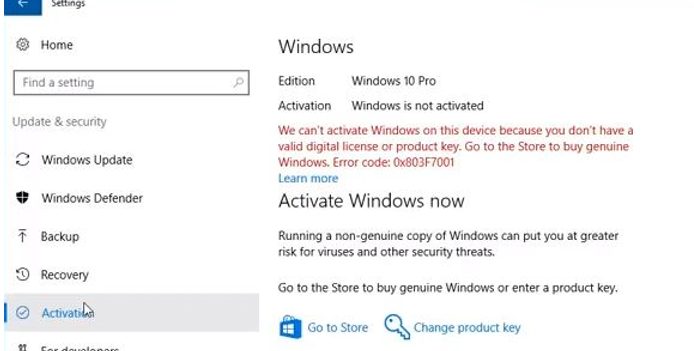
To re-activate your Windows 10 on a new hardware, you must use the Activation Troubleshooter (available starting from Windows 10 1607 Anniversary Update). To re-activate Windows 10 after replacing a motherboard, follow these steps:
- Log on to your computer under your MSA with local administrator privileges;
- Go to the Settings -> Update and Security -> Activation;
- Select Activation Troubleshooter (the option is available only if your Windows 10 is not activated);
- You will see the following message:
We found a Windows 10 Pro digital license for this device running Windows 10 Pro; - Select “I changed hardware on this device recently”;

- If you not logged on with your MSA account, a window prompting to enter your Microsoft Account username and password will appear;
- Find your computer in the list of devices linked to your Microsoft account and select it by its hostname;

- Check the box “This is the device I’m using right now”;

- Click the Activate button;
- If Windows 10 is re-activated successfully, you will see the message “Windows is activated with a digital license linked to your Microsoft account” in the activation status window.

If you logged on using your Microsoft account, but cannot activate your Windows 10, this may happen due to one of the following reasons:
- There is no Internet connection on the computer or access to the Microsoft activation servers is blocked;
- Windows edition installed on your device does not match the digital license of the OS edition linked to your account;
- The type of the device you are trying to activate doesn’t match the type of device in your digital license;
- Windows has never been activated on your device;
- You have reached the limit on the number of Windows 10 re-activations on your device;
- There are several admins on your device, and one of them has already reactivated Windows;
- Your device joined to the Active Directory domain with the centralized computer activation settings (like KMS or Active Directory-based activation).
If you cannot reactivate your Windows 10 in the way described above, contact Microsoft support technical support by phone. You can get the Microsoft customer service phone numbers for your country from the file C:\Windows\System32\sppui\phone.inf.
